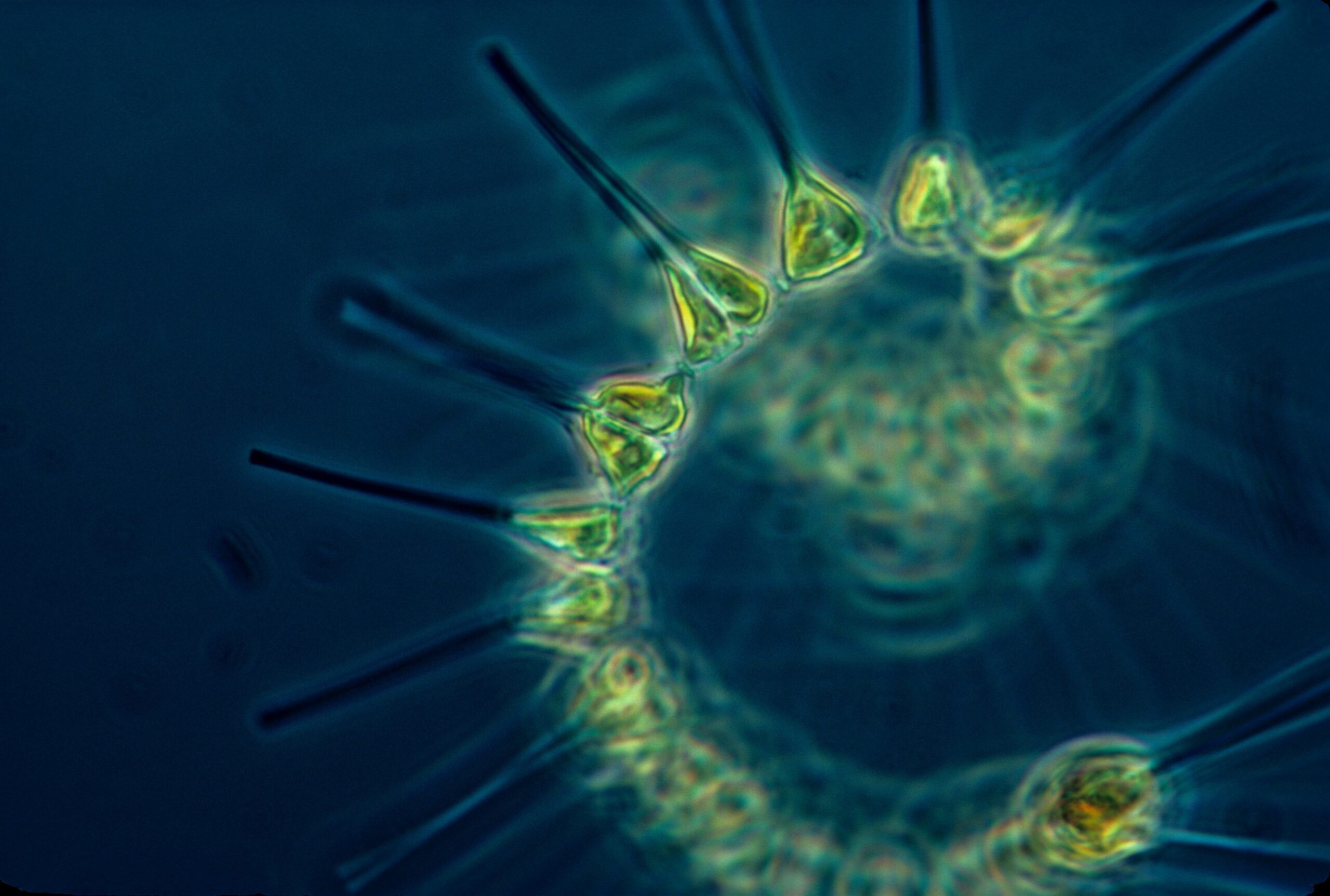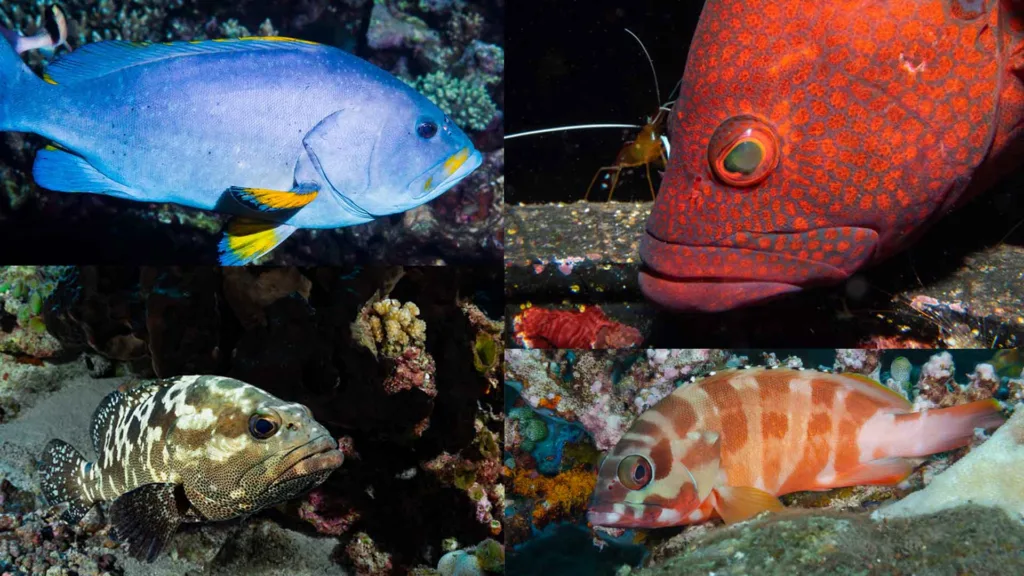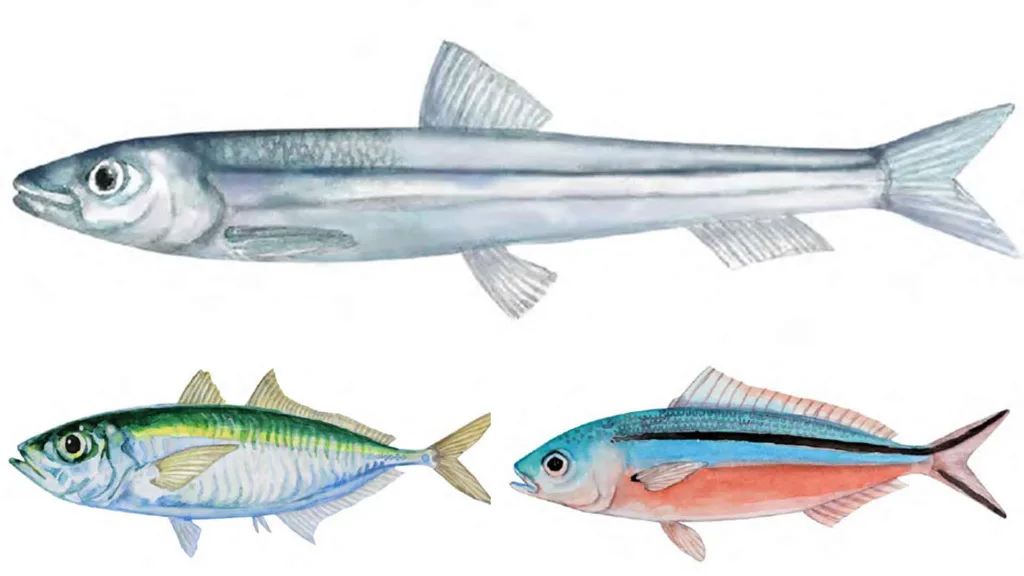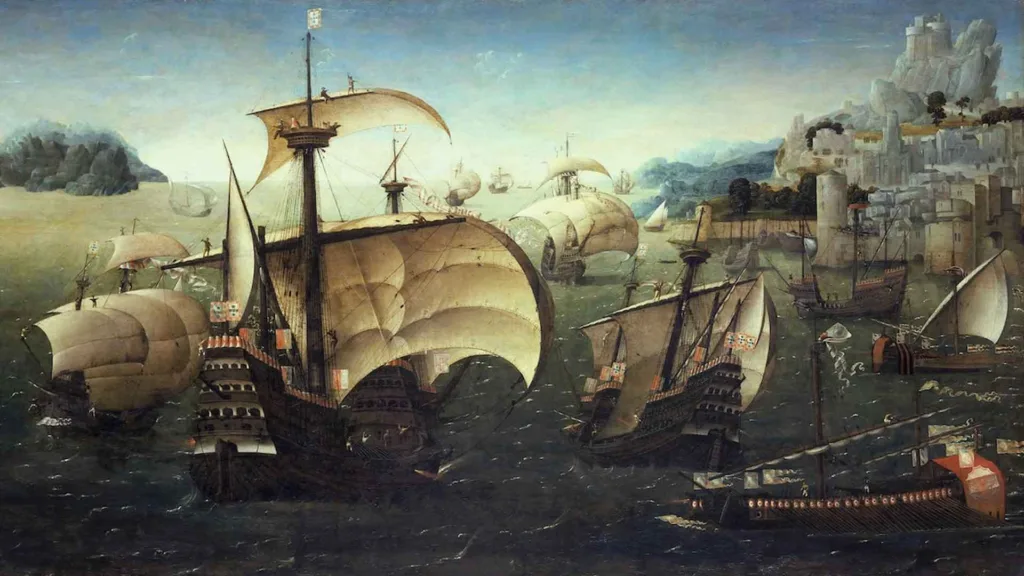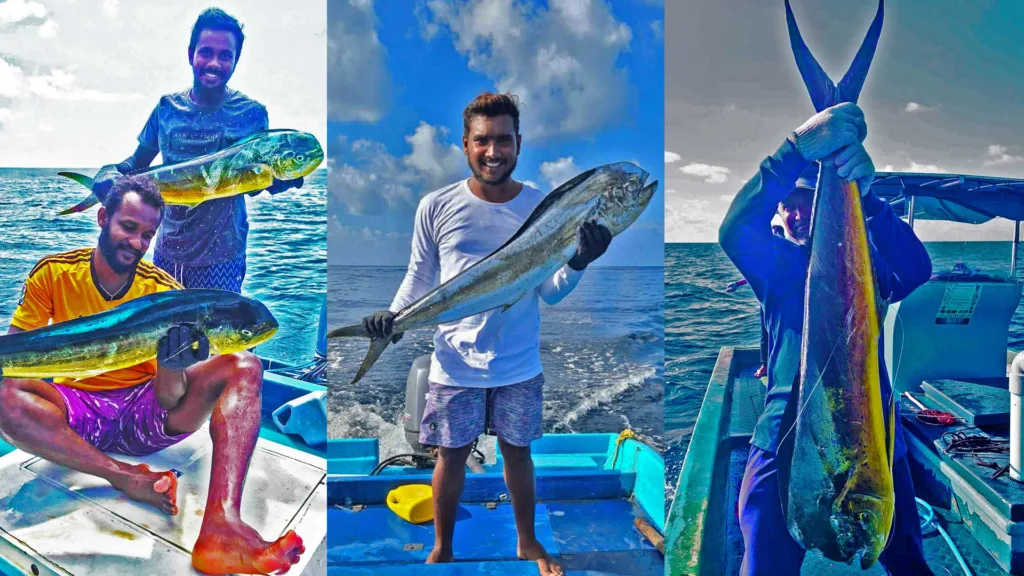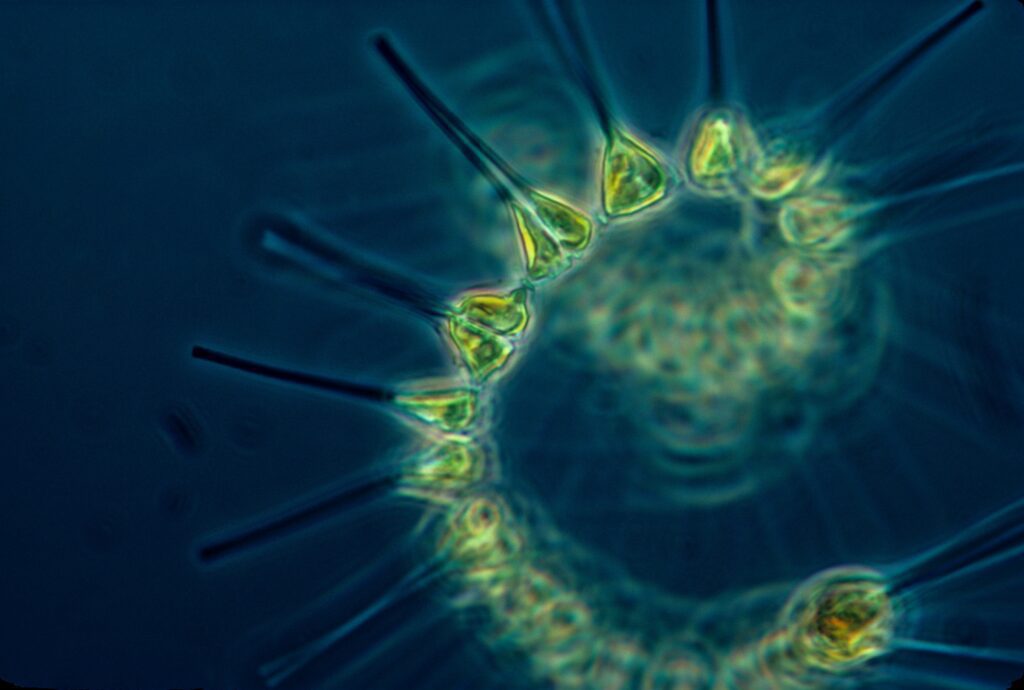
The marine biodiversity and ecosystem include a wide range of organisms, from minute animals such as most zooplankton and phytoplankton to massive cetaceans (whales). There is a connection between these living things.
I believed it was necessary to briefly discuss microscopic organisms in order for readers to understand some common terms while writing about species and the unique beauty of marine life. Later, the reader will learn what manta rays and sharks eat. You might find it challenging to understand some terms and meanings. I’ll begin with how life emerges in the ecosystem.
Photosynthesis
Plants and other organisms employ this mechanism to turn sunlight into chemical energy that may be used to fuel their activities. Chlorophyll, a pigment found in plant cells, absorbs light energy and converts it into a molecule called
ATP stands for adenosine triphosphate. This process uses carbon dioxide and water to create carbohydrates, such as sugars. Furthermore, the process releases oxygen, primarily as waste. The majority of plants, algae, and cyanobacteria perform photosynthesis and are known as phototrophs. Photosynthesis keeps atmospheric oxygen levels stable and provides the majority of the energy required for all life on Earth, with the exception of chemotrophs, which obtain energy via oxidative chemical reactions.
The phytoplankton
Near the water’s top, where there is enough light for photosynthesis, these are mostly microscopic algae that live on their own. These tiny living things, called phytoplankton, turn simple substances in their environment into complicated organic compounds like carbohydrates, fats, and proteins. Usually, they get their energy from light through photosynthesis. Phytoplankton plays an important role in the Earth’s carbon cycle by converting inorganic carbon from the atmosphere and ocean into organic compounds via photosynthesis. Most of the food chains in the water depend on phytoplankton. They make it possible for most other sea life to exist.
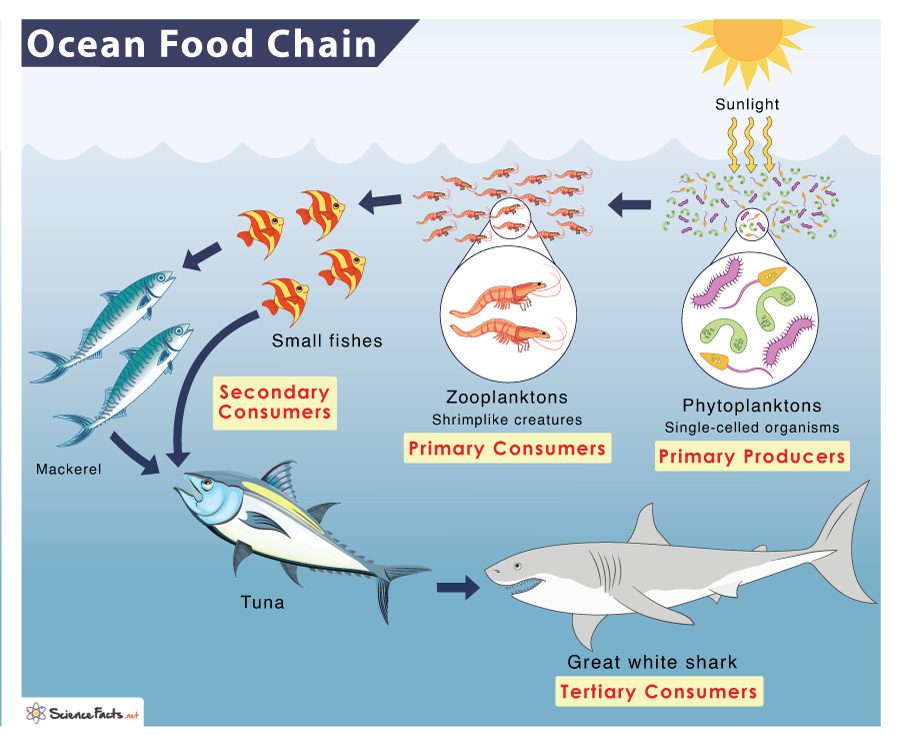
The plankton
There are many kinds of plankton that live in the water column. They can’t swim against the current. Plankton is an important source of food for many larger organisms, including fish and whales. Bacteria, archaea, algae, protozoa, and animals that live in the pelagic zone of oceans and seas are all types of plankton. Even while many planktonic species are small, they include jellyfish and other large organisms.
There are three main types of plankton:
Autotrophic, prokaryotic, or eukaryotic phytoplankton reside near the sea surface where photosynthesis is possible. Zooplankton are small protozoans or metazoans that eat other plankton and larger organisms’ eggs and larvae, such as fish, crabs, and annelids. The bacteria and archaea that make up bacterioplankton are crucial for breaking down organic matter further down the water column. It’s worth noting that the bacterial phytoplankton are also bacterioplankton. Along with plankton, whale sharks and manta rays eat small fish like krill, mysids, copepods, euphausiids, and bivalves.
